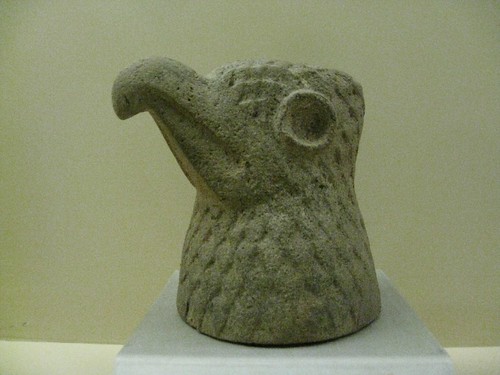We were discussing this with our colleague Lise Mifsud, a physical anthropologist and fellow participant in our seminar trip. Earlier Lise and I had pondered the connection between tool making from stone and ancient stone figurines. Did our earliest ancestors inquire into the unknown spiritual world by creating stone effigies related to their tools? It seemed to make sense that in this case "art" emerged from "necessity," or more to the point, that the creation of artistic ritual objects was connected to working the stone for tools. I think I've suggested this in earlier posts and it's an idea that seems to stick.

Back to the big question of art as a mode of inquiry into the unknown. If we consider the supernatural world of the Nahua to be unknown, then the paper figures they make provide a connection, or a mode of inquiry into that unknown. Ancient stone tool makers, our non-human or early human ancestors, delved into the unknown by creating tools that extended their physical capabilities. As their capabilities increased and they penetrated further into the physical world new unknowns emerged. As their descendants we continue that process.

What does this have to do with scientific inquiry? During my botanical research at Harvard I prepared thousands of specimens for distribution to museums around the world. The rote activity of soaking, arranging, pressing, drying, and packing the specimens (they had already been collected, studied, identified, labeled, and stored), was a kind of symbolic act akin to the intricate activities associated with Nahua paper cutting. The specimens themselves were not "artistic" but they reflected my painstaking curatorial work. They were "valueless" in terms of nutritional or monetary worth but they were symbolic of my work and accomplishments. They provided evidence of my inquiry into the unknown.

Science is nothing if not an inquiry into the unknown. The tools we make, the ritualized activities we perform, and the symbols of our discoveries, all can be considered part of the same process of our prehuman ancestors or the Nahua paper cutters.

This topic carries a huge amount of epistemological baggage we could unpack for a long time. "Inquiry into the unknown is the way we make art and art is our inquiry into the unknown."


No comments:
Post a Comment